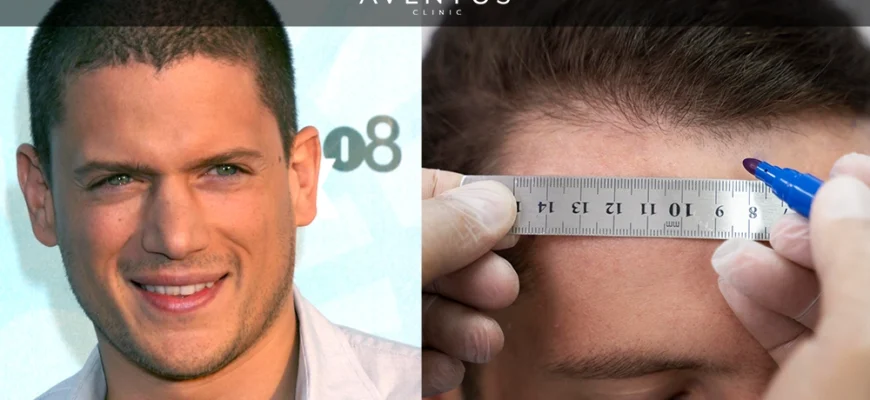Ah, the widow’s peak—a hairline feature that’s been both admired and questioned throughout the ages. Some wear it like a badge of genetic honor, while others fret over its implications for the future of their follicles. But does this distinct V-shaped hairline really signal impending baldness, or is it just another quirk of human diversity? Let’s dive into the myths and facts surrounding widow’s peaks and what they truly mean for your hair’s destiny.
The Widow’s Peak: A Primer
A widow’s peak is characterized by a prominent point at the center of the forehead, where the hairline forms a V-shape. This trait can vary greatly in prominence from barely noticeable to quite pronounced. It’s often considered a dominant genetic trait, meaning it can be passed down from one generation to the next.
Myth: Widow’s Peaks and Baldness Are Linked
One of the most pervasive myths is that having a widow’s peak is an early indicator of male pattern baldness. However, scientific evidence suggests otherwise. Baldness, particularly androgenetic alopecia (commonly known as male or female pattern baldness), is influenced by a complex interplay of hormones and genetics. While the genes responsible for a widow’s peak and those for baldness can coexist, one does not directly cause the other.
The Genetics of Hairlines and Baldness
Genetics plays a significant role in determining both the presence of a widow’s peak and the likelihood of hair loss. The AR gene, located on the X chromosome, has been associated with baldness, especially in men. Yet, the genetic basis for widow’s peaks is less understood and not linked to the AR gene. Consequently, possessing a widow’s peak does not inherently increase the risk of baldness.
Other Factors Influencing Hair Loss
- Hormonal Changes: Especially in men, testosterone and its derivative, dihydrotestosterone (DHT), can contribute to hair thinning and loss.
- Age: As we age, hair naturally becomes thinner and more susceptible to falling out.
- Health and Lifestyle: Nutrition, stress levels, and overall health can all influence hair health and loss.
Embracing Your Hairline
Whether you’re sporting a widow’s peak or a straight hairline, it’s essential to remember that hair loss is a common phenomenon, affecting millions worldwide. If you’re concerned about baldness, consider consulting a dermatologist or a trichologist who can provide personalized advice based on your particular hair and scalp condition.
Conclusion: Hairlines Are Just Part of the Story
In conclusion, a widow’s peak is simply a variation in hairline shape and is not a reliable predictor of future baldness. Embrace the uniqueness of your hairline and focus on maintaining a healthy lifestyle to support your hair’s vitality. After all, our differences make us beautifully human.


The breakdown of myths versus facts in this article is excellent. It’s nice to see science debunking common misconceptions.
This was a well-written piece on a topic I knew little about. It’s interesting how genetics can influence our features in such diverse ways.
This article was very informative! I always thought a widow\
I found this article very helpful. It’s reassuring to learn that having a widow\
Great read! I have a pronounced widow\
I appreciate the detailed explanation about the genetics behind widow\